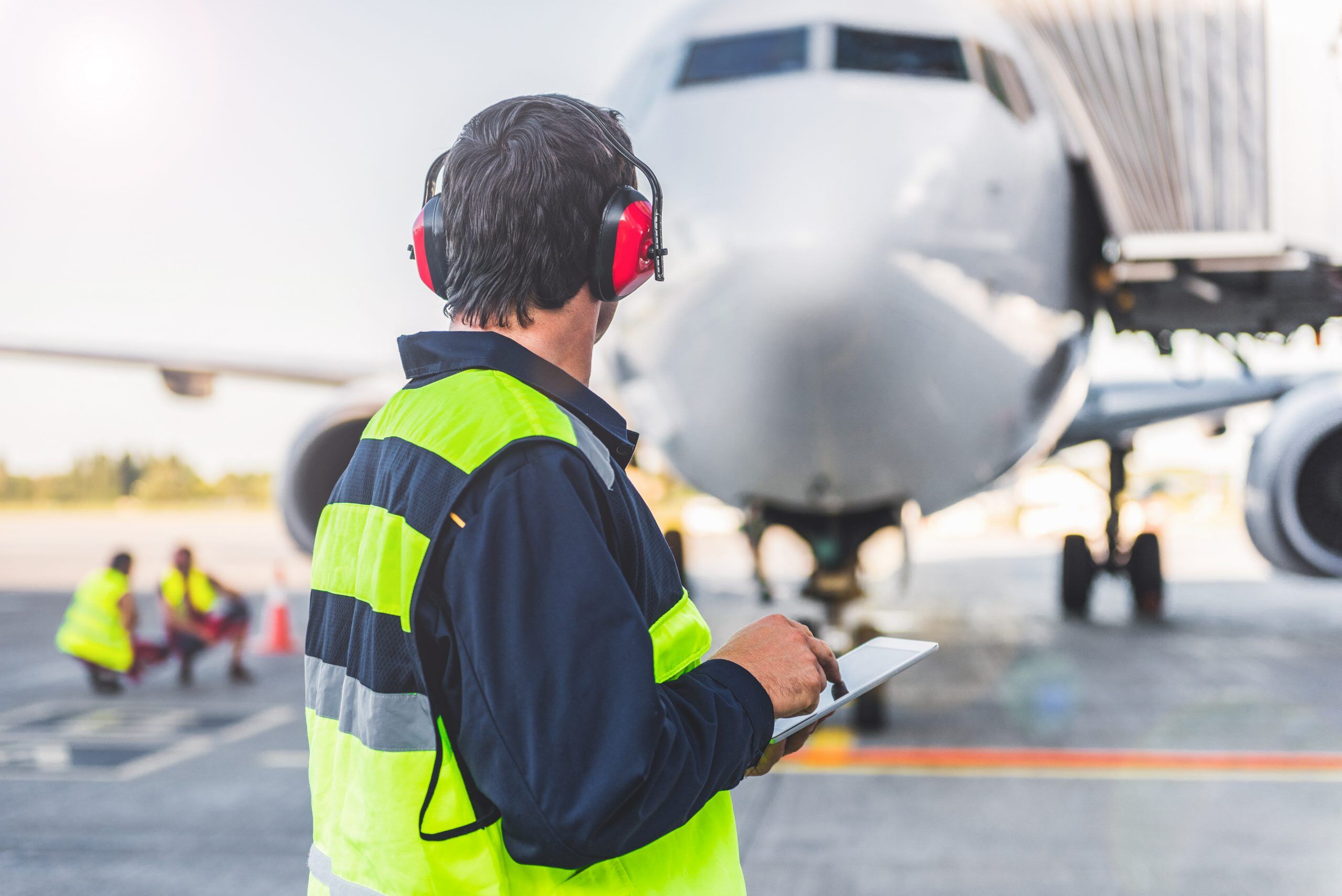
Aviation Safety Management Systems (SMS) are crucial for ensuring the safety of passengers, crew, and aircraft. But what exactly makes them so important? SMS is a systematic approach to managing safety, including the necessary organizational structures, accountabilities, policies, and procedures. It helps identify potential hazards before they become serious issues. Why is this important? Because it saves lives and prevents accidents. SMS also promotes a culture of safety within the aviation industry, encouraging everyone from pilots to ground crew to prioritize safety in their daily operations. In short, SMS is the backbone of aviation safety, making air travel one of the safest modes of transportation.
Key Takeaways:
- Aviation Safety Management Systems (SMS) are a proactive approach to safety, focusing on identifying hazards before incidents occur. They rely on data, employee involvement, and continuous monitoring to enhance safety culture.
- Implementing an SMS can lead to reduced incidents, cost savings, and an enhanced reputation. However, it also comes with challenges such as resource intensiveness, resistance to change, and complexity in implementation.
What is an Aviation Safety Management System?
An Aviation Safety Management System (SMS) is a systematic approach to managing safety, including the necessary organizational structures, accountabilities, policies, and procedures. It aims to improve safety by identifying hazards, assessing risks, and implementing measures to mitigate those risks.
-
Regulatory Requirement: Many countries mandate SMS for airlines and aviation service providers. This ensures a standardized approach to safety across the industry.
-
Proactive Approach: Unlike traditional reactive safety measures, SMS focuses on identifying potential hazards before they lead to incidents.
-
Four Pillars: SMS is built on four main components: Safety Policy, Safety Risk Management, Safety Assurance, and Safety Promotion.
How Does SMS Improve Safety?
Implementing an SMS can significantly enhance the safety culture within an organization. It encourages continuous improvement and accountability at all levels.
-
Data-Driven Decisions: SMS relies on data collection and analysis to make informed safety decisions, reducing the likelihood of accidents.
-
Employee Involvement: All staff members are encouraged to report safety concerns, fostering a culture of open communication.
-
Continuous Monitoring: Regular audits and assessments ensure that safety measures are effective and up-to-date.
Key Components of an SMS
Understanding the core elements of an SMS helps in appreciating its comprehensive nature. Each component plays a crucial role in maintaining high safety standards.
-
Safety Policy: This outlines the organization's commitment to safety and sets the framework for the SMS.
-
Safety Risk Management: Identifying hazards, assessing risks, and implementing controls to mitigate those risks.
-
Safety Assurance: Ongoing monitoring and evaluation of safety performance to ensure the effectiveness of risk controls.
-
Safety Promotion: Training and communication strategies to promote a positive safety culture.
Benefits of Implementing an SMS
The advantages of having an SMS extend beyond just compliance. It can lead to operational efficiencies and a better safety record.
-
Reduced Incidents: Organizations with an SMS often experience fewer accidents and incidents.
-
Cost Savings: Fewer accidents mean lower costs related to damages, legal fees, and insurance premiums.
-
Enhanced Reputation: A strong safety record can improve an organization's reputation among customers and stakeholders.
Challenges in Implementing an SMS
While the benefits are clear, implementing an SMS can come with its own set of challenges. Understanding these can help in better preparation and execution.
-
Resource Intensive: Developing and maintaining an SMS requires significant time, money, and human resources.
-
Resistance to Change: Employees may be resistant to new procedures and reporting systems, requiring effective change management strategies.
-
Complexity: The comprehensive nature of SMS can make it complex to implement, especially for smaller organizations.
Final Thoughts on Aviation Safety Management Systems
Aviation Safety Management Systems (SMS) play a crucial role in keeping air travel safe. These systems help identify potential hazards, manage risks, and ensure compliance with regulations. By fostering a culture of safety, SMS encourages continuous improvement and proactive measures. Airlines and aviation organizations benefit from reduced incidents, improved operational efficiency, and enhanced reputation. Passengers can feel more confident knowing that robust safety protocols are in place.
Implementing an effective SMS requires commitment from all levels of an organization, from top management to frontline employees. Training, communication, and regular audits are essential components. As technology advances, SMS will continue to evolve, incorporating new tools and methodologies to further enhance safety.
Understanding the importance of SMS in aviation helps appreciate the efforts made to ensure every flight is as safe as possible. Safety isn't just a priority; it's a fundamental aspect of aviation.
Frequently Asked Questions
Was this page helpful?
Our commitment to delivering trustworthy and engaging content is at the heart of what we do. Each fact on our site is contributed by real users like you, bringing a wealth of diverse insights and information. To ensure the highest standards of accuracy and reliability, our dedicated editors meticulously review each submission. This process guarantees that the facts we share are not only fascinating but also credible. Trust in our commitment to quality and authenticity as you explore and learn with us.


